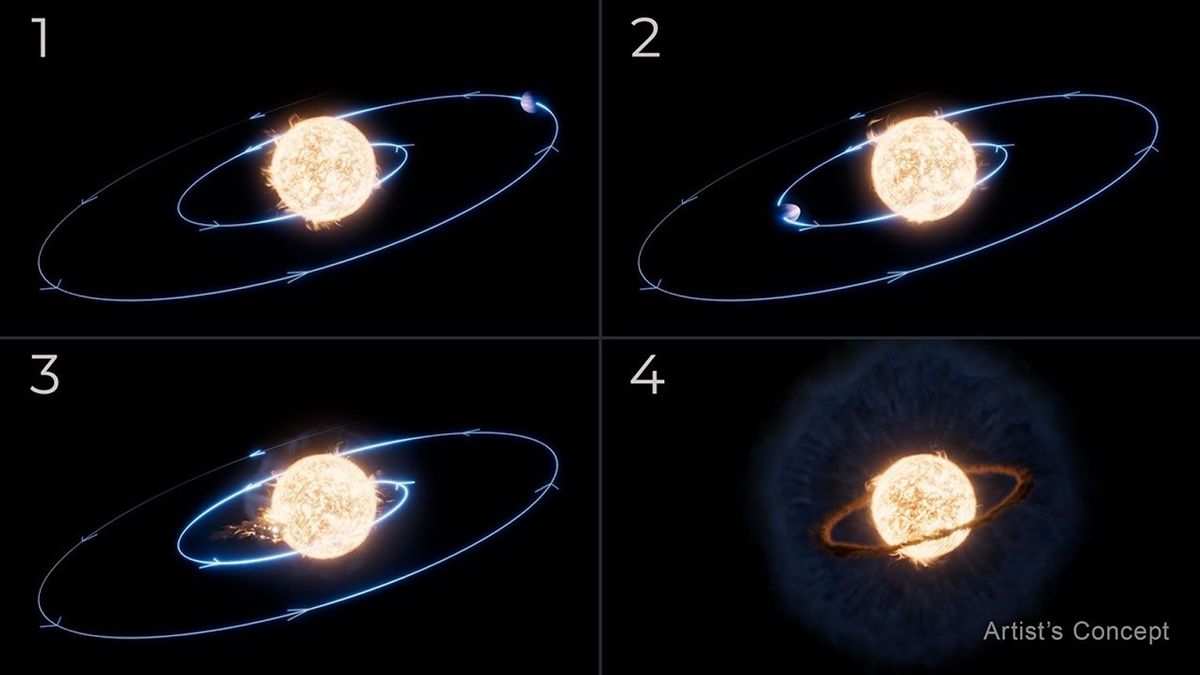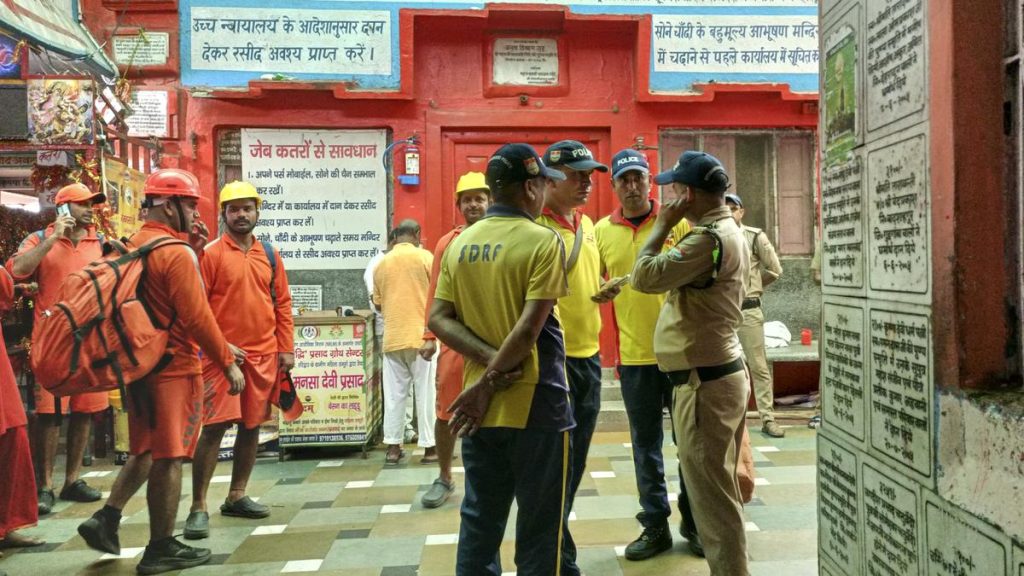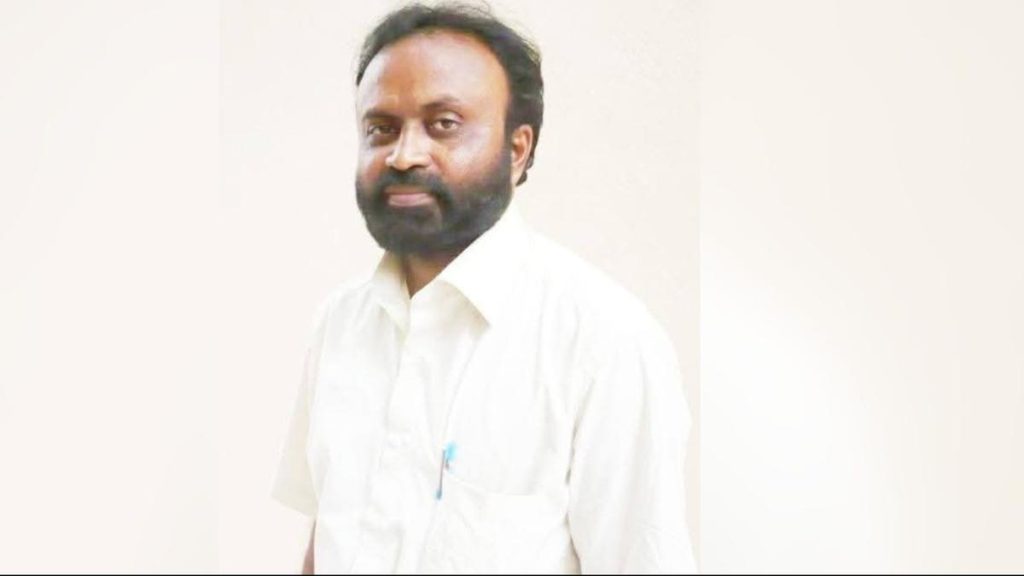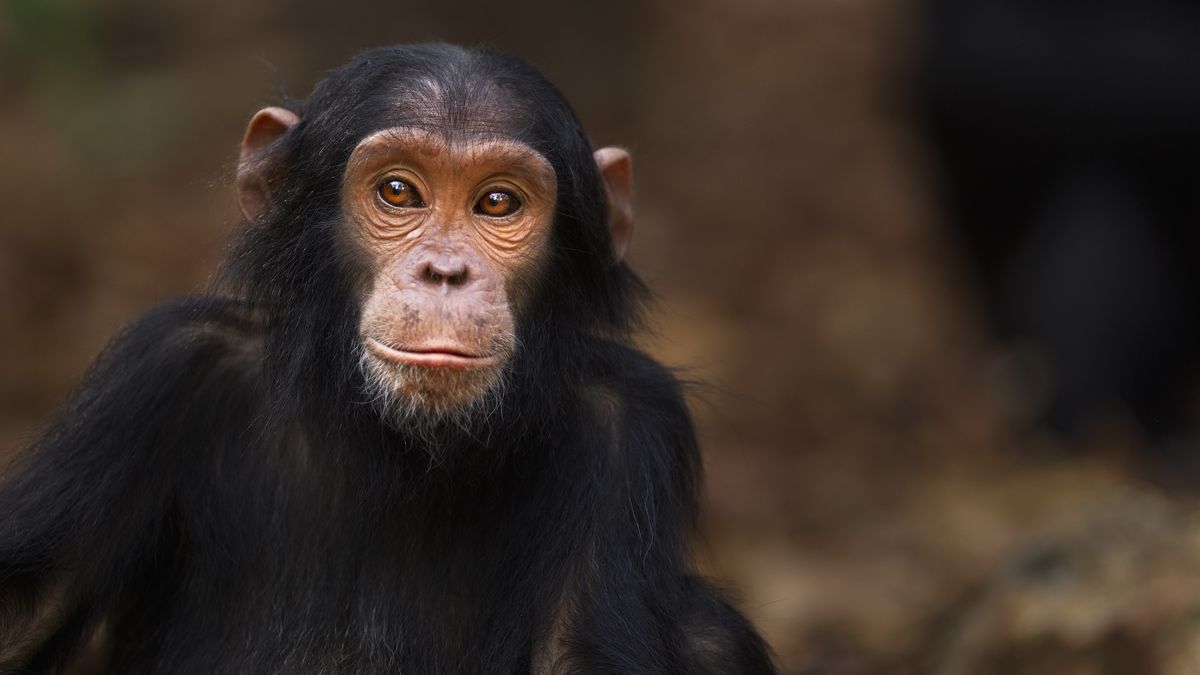Now Reading: James Webb Telescope Unveils Planet’s Collapse into Its Star
-
01
James Webb Telescope Unveils Planet’s Collapse into Its Star
James Webb Telescope Unveils Planet’s Collapse into Its Star

Quick Summary
- In 2020, astronomers witnessed what seemed like a star engulfing one of its planets for the first time.
- New evidence from NASA’s James Webb Space Telescope (JWST) revealed the process was gradual orbital decay, not star expansion.
- The event involved a Jupiter-sized planet spiraling inward and being consumed by its host star in the Milky Way around 12,000 light-years away.
- Researchers observed optical light flashes and dust clouds ejected after the engulfment.
- Initial assumptions likened the phenomenon to red giant stars swallowing planets during their final stages of life, but JWST data debunked this theory due to unexpected infrared observations.
- Orbital decay was attributed to tidal gravitational interactions between the planet and its host star over just months before total engulfment occurred.
- Scientists believe advanced telescopes like Vera C. Rubin Observatory will pave the way for detecting similar events more frequently.
Indian Opinion Analysis
The groundbreaking findings demonstrate advancements in astronomical observation technology powered by instruments like JWST. Such discoveries offer insights into cosmic processes that were previously misunderstood or undetectable due to faint observational signatures.
India’s active participation in global space research highlights potential implications: further understanding such mechanisms might contribute to predicting celestial events affecting planetary systems, including Earth’s future interaction with solar dynamics over millions of years.
Moreover, fostering collaboration through projects akin to India’s AstroSat can strengthen India’s capability for contributing significant data on worldwide phenomena while pushing scientific innovation forward domestically.
























